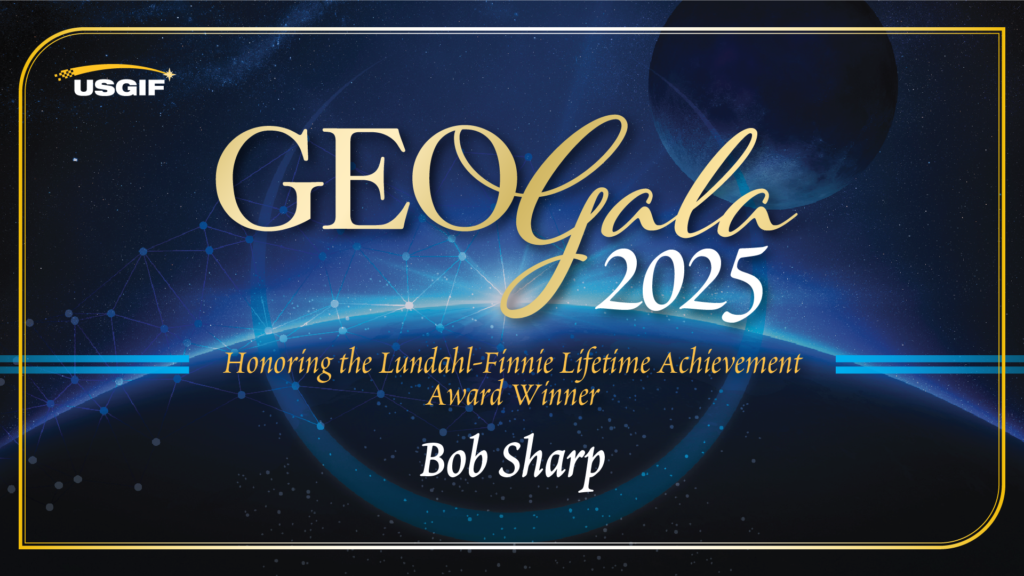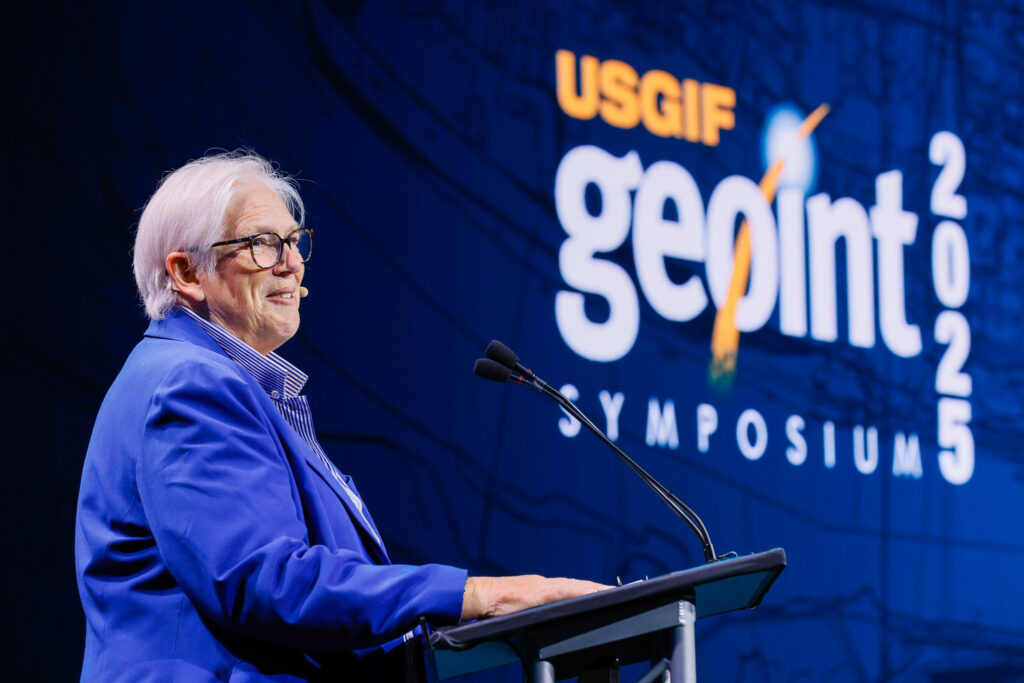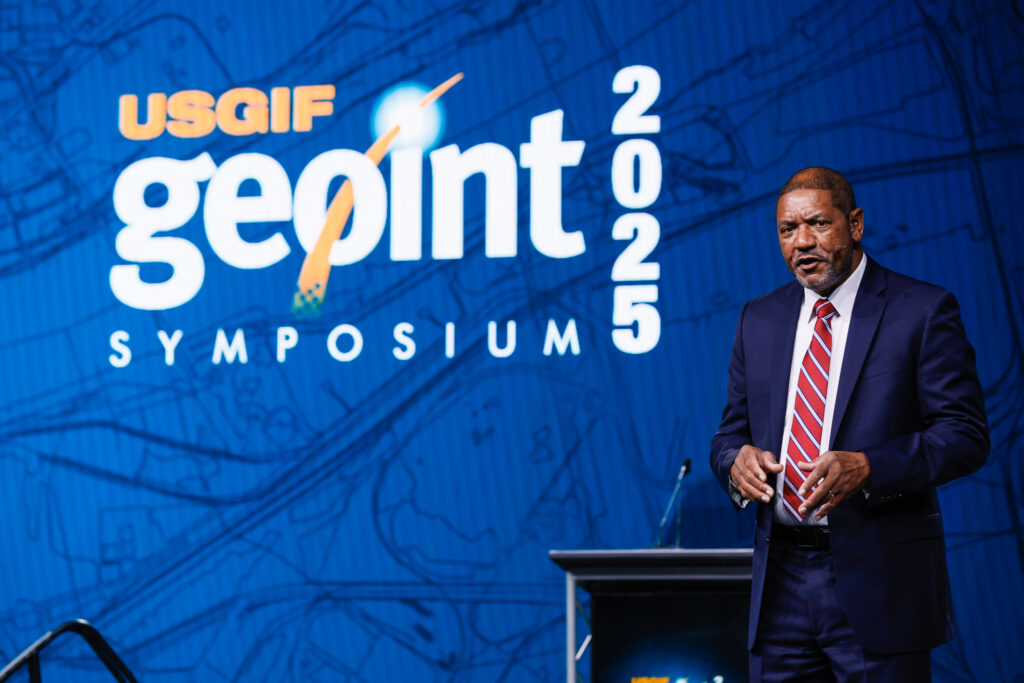Space Situational Awareness Satellite Launch Signals Growing Nexus Between SSA, GEOINT
Last week, NorthStar Earth and Space completed the first in a planned series of SSA satellite launches from a base in New Zealand

For years, the GEOINT and Space Situational Awareness (SSA) domains have functioned as inverted versions of one another: GEOINT primarily relies on earth-orbiting satellites to capture terrestrial images, while SSA mostly uses earth-bound instruments to identify objects in space and calculate their trajectories.
“It’s a similar concept: You’re looking at different targets but you have the same mode of operation,” says Fred Pelletier, chief scientist for SSA at Montreal-based NorthStar Earth and Space and co-chair of USGIF’s SSA Working Group.
And now, convergence is underway. Last week, NorthStar Earth and Space completed the first in a planned series of SSA satellite launches from a base in New Zealand. NorthStar says its four satellites are the first dedicated space-based SSA satellites, and that its planned constellation will enable more detections and persistent imaging of a fast-growing population of space objects .
Pelletier says the launch is not only an SSA milestone, but also deserves the attention of GEOINT professionals because it heralds a new era of opportunities for collaboration. For example, he predicts that in the future, GEOINT space assets will be simul-tasked with gathering SSA imagery.
“Peripherals from the GEOINT community will still have as their primary mission to look at Earth, but they are also going to be tipped and cued to look at space assets from time to time—so if you’re really efficient, you cover two missions at once by looking down and also looking up,” says Pelletier. “Right now the capabilities exist but they are not very well integrated with GEOINT. There’s so much that we can tap into, but if we don’t get together and collaborate, we won’t get the power of a combined, integrated system.”
A second reason why SSA’s evolution is worth watching from a GEOINT perspective is that GEOINT’s ability to fulfill its core mission depends on robust and effective SSA. Space debris is proliferating—NASA says it’s identified more than 25,000 orbital-debris objects larger than 10 centimeters— and millions more are larger than 1 centimeter—which poses a threat to GEOINT assets. SSA assets are tasked with identifying and avoiding potential collisions. Additionally, in the event of a great-power conflict, GEOINT assets are likely to be high-priority strategic targets.
“Our adversaries are not making any secret about what their intention would be if they get into a major conflict with the United States. They’re very clear about the need to blind and deafen the United States since we are so heavily reliant on our space systems; they know that our military and our decision-makers depend on space assets,” says SSA Working Group Co-Chair Rob Zitz, a defense consultant based in Alexandria, Virginia.
Effective SSA can help keep GEOINT assets protected, online and accessible. But to reach that level of high function, collaboration is needed. For example, Zitz believes SSA can benefit from borrowing sensing and data-transmission technologies already common within GEOINT, such as thermal, hyperspectral, LiDAR and radar, which would enable better analysis of the composition and intent of space objects.
Both Zitz and Pelletier will moderate panels during USGIF’s Space Situational Awareness workshop on the NGA’s campus on February 6. The workshop focuses on ways that SSA can accelerate its maturation via industry collaboration—in some ways mimicking the evolution of GEOINT over the last two decades.
In the past, SSA and GEOINT have been viewed as separate [commercial] ecosystems,” Zitz says. “Now we’re taking the necessary steps to bridge that gap, bringing companies that have traditionally focused on GEOINT into the same conversation as groups focused on astrodynamics and astrophysics. And as a result, we’re building capabilities that are essential for space infrastructure and also for defense capabilities.”
Related Articles
USGIF Honors Vice Admiral Robert Sharp, USN (Ret.), with 2025 Lundahl-Finnie Lifetime Achievement Award
The United States Geospatial Intelligence Foundation (USGIF) is proud to announce Vice Admiral Robert “Bob” Sharp, USN (Ret.), as the recipient of the 2025 Arth…
GEOINT Symposium 2025 Day Three Recap
GEOINT’s Next Frontier: Space Collaboration and Strategic Alignment The final general session day of the 2025 GEOINT Symposium highlighted the challenges and o…
GEOINT Symposium 2025 Day Two Recap
Forging the Future of GEOINT: Interoperability, AI, and Global Collaboration Take Center Stage The second day of the 2025 GEOINT Symposium highlighted evolvin…




